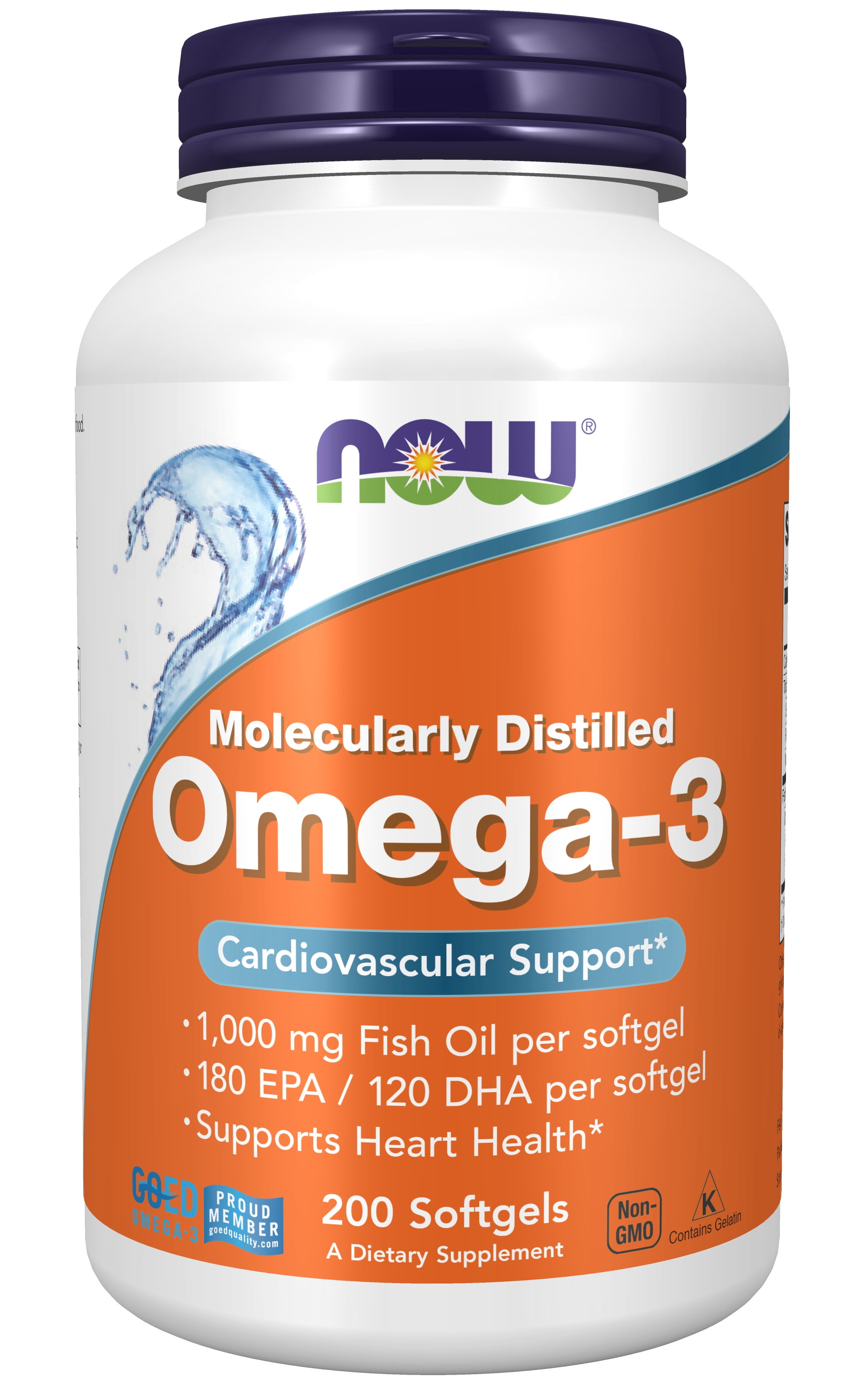

fish oils from cod flesh, tuna, haddock, flounder, or krill oilĪLA, on the other hand, is concentrated in plant sources and is the most frequent omega-3 fatty acid used by the body to create all other types of omega-3 fatty acids.the liver of lean, white fish, such as halibut or cod.fatty fish, such as salmon, sardines, mackerel, menhaden, or herring.They are then later consumed by humans.įood sources of DHA, EPA, and DPA include: When consumed by fish, aquatic mammals, and crustaceans, the fatty acids enter the food chain and are stored in body fat, liver, and blubber. However, this conversion is quite inefficient, with rates of less than 3% of ALA being converted to DHA or EPA in males and less than 10% in females - warranting adequate dietary intakes of DHA and EPA themselves.ĭHA, EPA, and DPA omega-3 fatty acids are synthesized by marine organisms such as algae and phytoplankton. Omega-3 fatty acids are essential, meaning the human body is incapable of creating them on its own - the fatty acids or their precursors must be obtained from the diet.įor instance, ALA from plant seeds can be converted in the body to all the other types of omega-3 fats: EPA, SDA, DHA, DPA. The family of omega-3 fatty acids includes:ĭHA and EPA are the primary polyunsaturated fats in brain cell membranes and have been popularized and successfully marketed as dietary supplements. They are one of the key building blocks for cell membranes and remain a subject of interest in the scientific community. Omega-3 fatty acids are a type of polyunsaturated fat - also referred to as “healthy fats” - praised for their potential protective roles in several chronic diseases, such as heart disease and dementia.


 0 kommentar(er)
0 kommentar(er)
